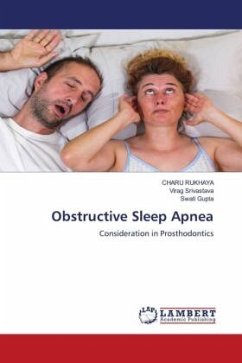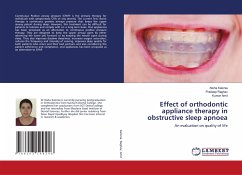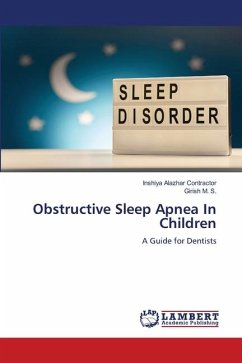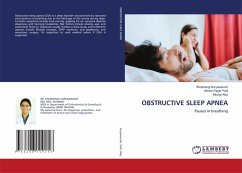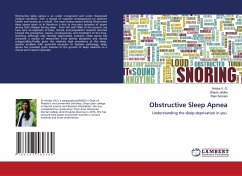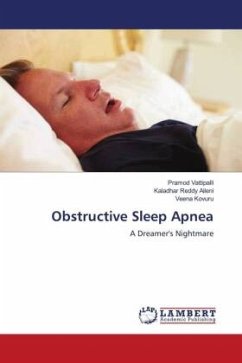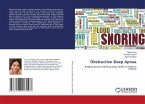"Obstructive Sleep Apnea: A Clinical and Cephalometric Perspective" is a comprehensive guide that explores one of the most underdiagnosed yet potentially life-threatening sleep disorders Obstructive Sleep Apnea (OSA). Written for medical and dental professionals, particularly orthodontists and sleep specialists, this book delves into the anatomical, physiological, diagnostic, and therapeutic aspects of OSA in detail.It covers the evolution of OSA understanding, the role of the upper airway and neuromuscular mechanisms during sleep, and how repeated episodes of airway obstruction affect the cardiovascular, respiratory, and metabolic systems. The book also highlights the orthodontist's growing role in recognizing and managing OSA through cephalometric assessment and oral appliance therapy.This book provides an in-depth overview of Obstructive Sleep Apnea (OSA), its causes, symptoms, and serious health consequences. It explains how anatomical and neurological factors contribute to airway collapse during sleep, leading to oxygen deprivation and poor-quality rest.
Bitte wählen Sie Ihr Anliegen aus.
Rechnungen
Retourenschein anfordern
Bestellstatus
Storno


